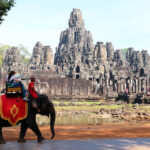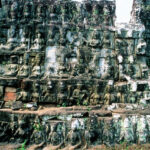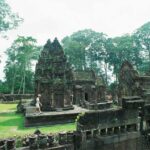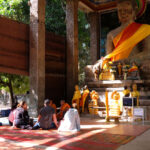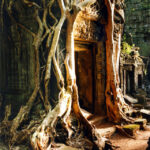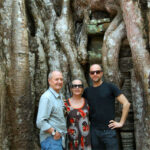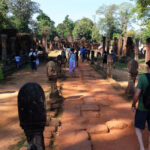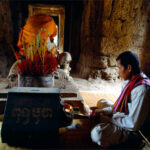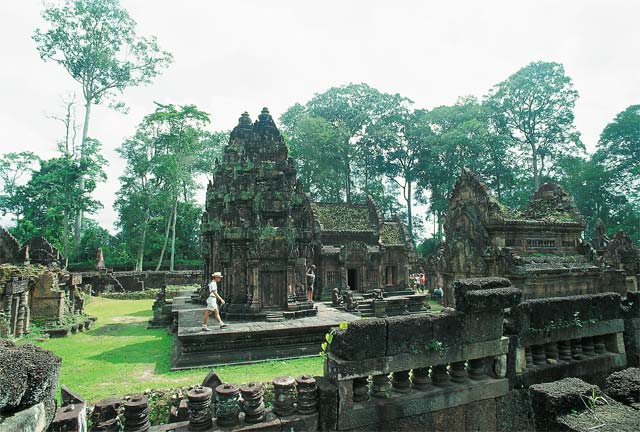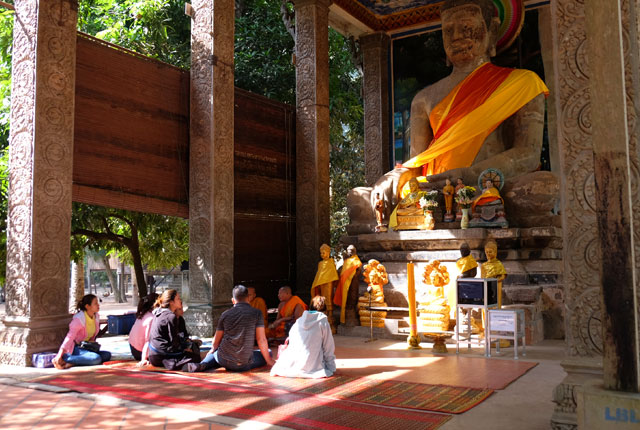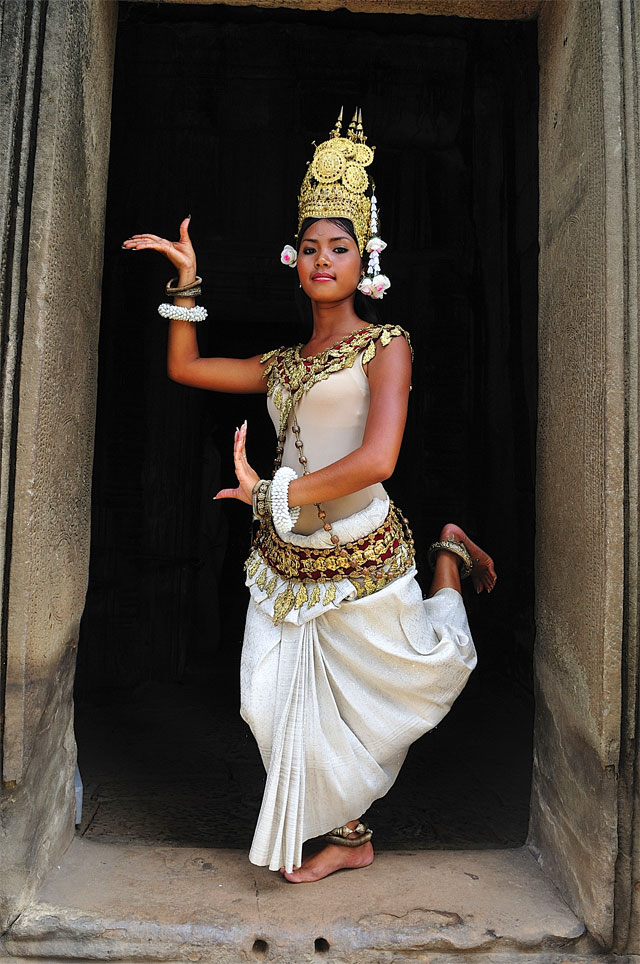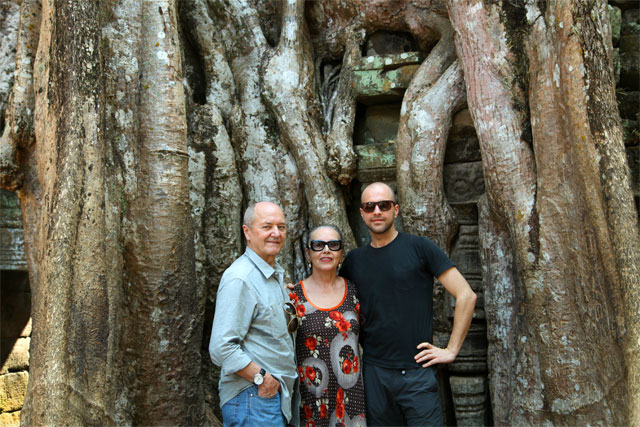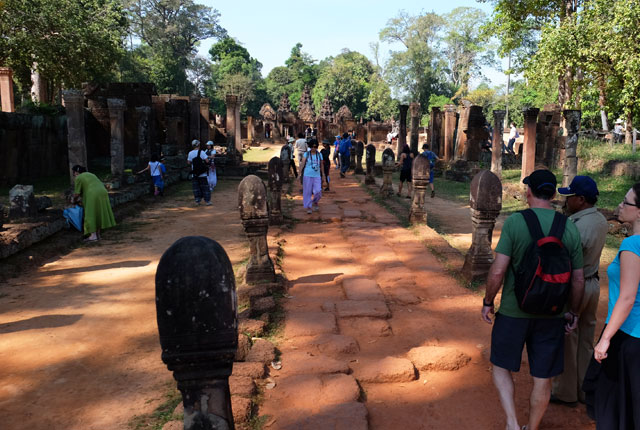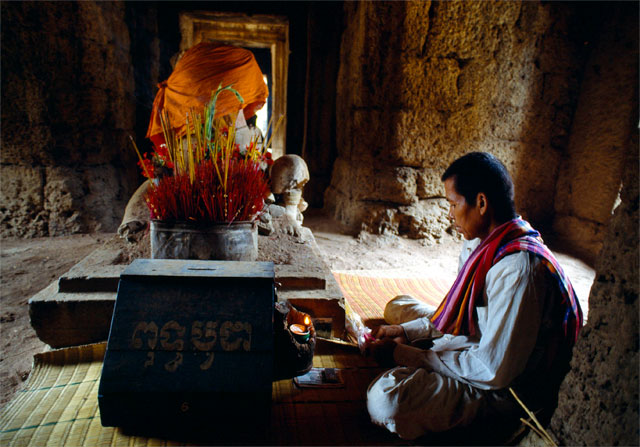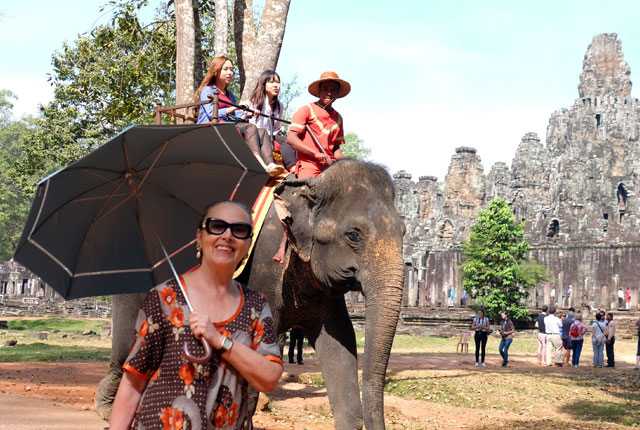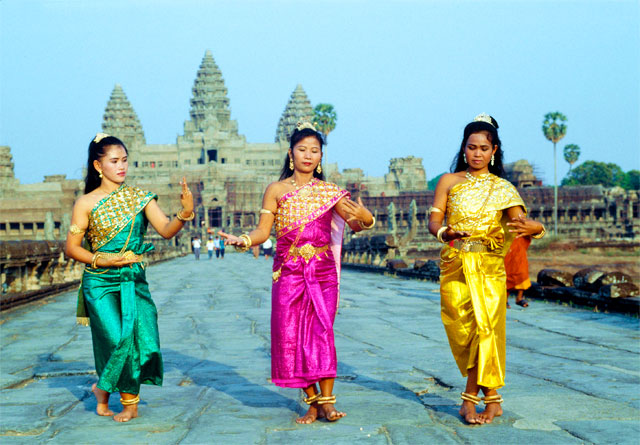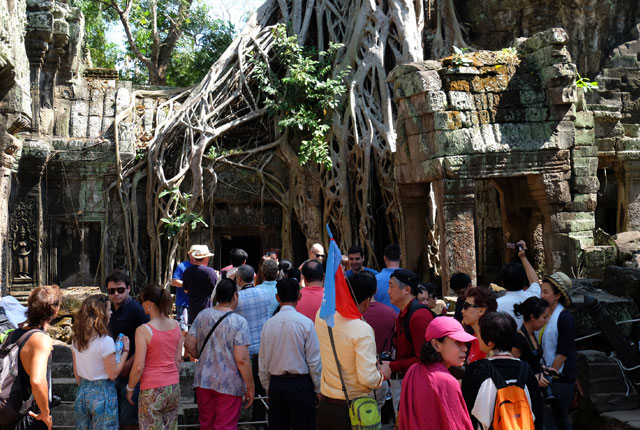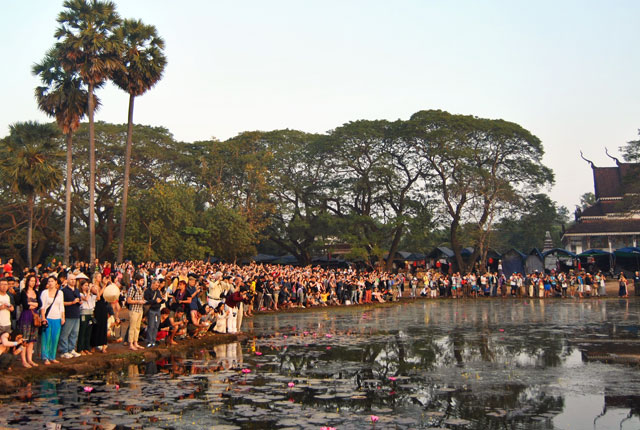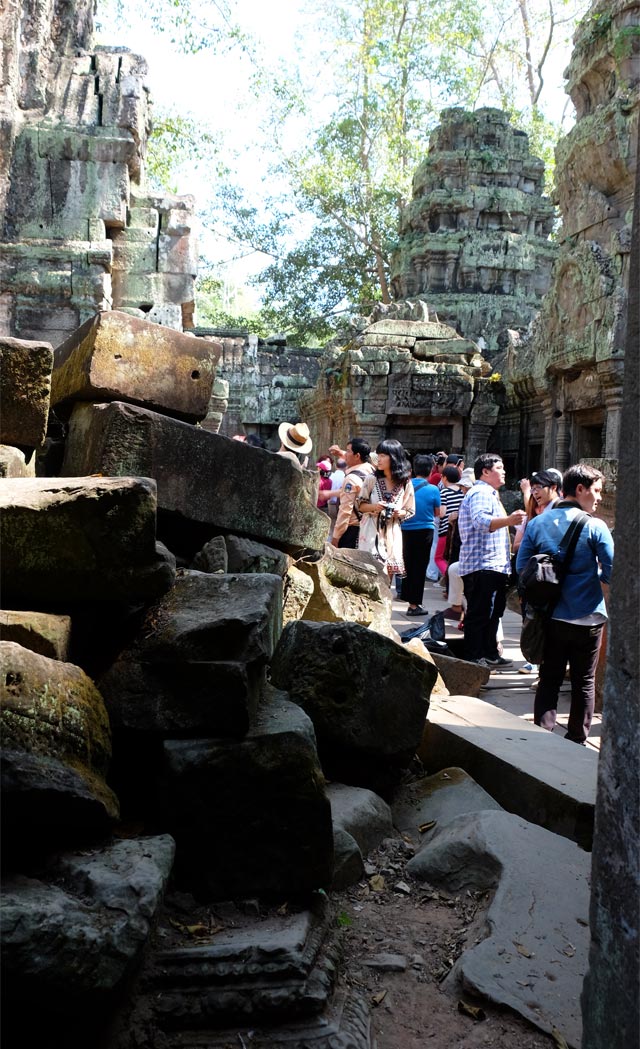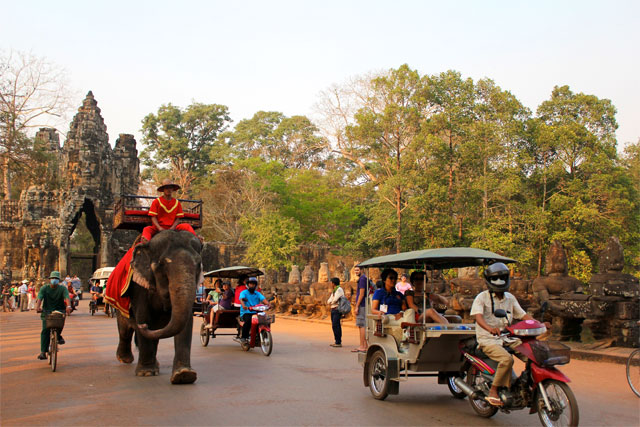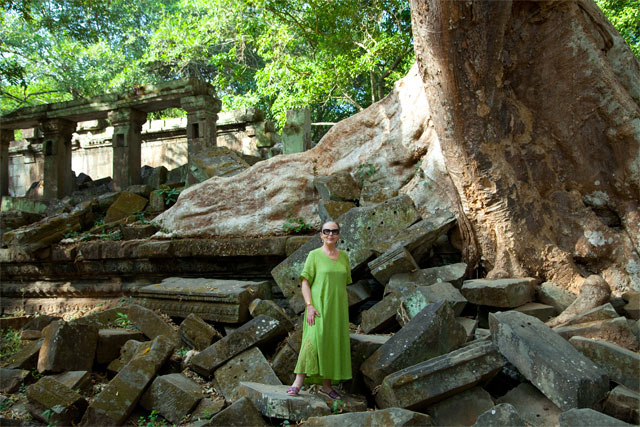I arrived in Angkor for the first time in 1974 at my own risk, because Cambodia was cut off from the rest of the world due to a dangerous civil war. In Siem Reap, I organized police protection for very little money, and they accompanied me for several tropical days among temples about which the English writer Somerset Maugham, fascinated by the mysterious spell of these monuments, wrote: “You cannot die before you see Angkor”.
Full of glamour, Angkor dominated Southeast Asia between the ninth and thirteenth centuries and shone with the splendor of Babylon. In the first two centuries of the second millennium, the empire was probably the most developed civilization in the world. In its splendor, Angkor surpassed the size of Rome at that time and had about a million inhabitants, while in Paris there were 30,000. The prosperity of the country was associated with its high degree of civilization and an astonishing irrigation system that ensured the abundance of the rice harvest. The inhabitants of a bustling, fabulously prosperous city used the routes connecting the Malay Peninsula with India and China to trade silk, ivory, spices or rare tree species.
The romantic charm of sacred buildings filled the atmosphere with tragedy and enchantment at the same time, and like a magnet, it attracts a lot of tourists. Ancient Khmer monuments are the biggest tourist attraction in Southeast Asia today.
Forty years ago, I was the only visitor at Angkor. I was absolutely alone. I was under the impression that the former capital of the Khmer Empire belonged to me and no one else. It was not a museum, there were no opening hours, the only custodians were the rarely encountered local villagers or the kind-hearted monks from a nearby monastery. I wandered along unused paths in search of interesting shots for the camera lens. I used these photos for various publications, exhibitions, readings and question and answer sessions with me.
Enchanted by the charm of these temples, I returned there many times. Back in 1990, I was the only visitor wandering among the deserted relics, besides military posts armed with mortars and armored personnel carriers.
The magic of Angkor attracts travelers like a magnet nowadays. In the morning, an endless peleton of scooters, taxis, bicycles, and tuk-tuks heads to the architectural site. Busses pile out loads of loudly screaming people. Similar to tsunamis, the waves of tourists wipe sweat from their foreheads, besieging the most popular objects, yet hindering one’s view, they moving about in the tight corridors. Numerous groups of Asians posing for photos block every narrow passage for a long time.
The aggressive tourist industry is devastating monuments and natural sites in many parts of the world. In 2015, the local archaeological complex of Angkor, whose colossal size surpasses the Egyptian pyramids and Mayan monuments, had 2 million tourist visitors. What just recently looked eternal can now be destroyed in a short matter of time by the legion of sight-seers. Without a doubt, in order to preserve this global attraction for posterity, we cannot do without certain restrictions and intelligent control.

